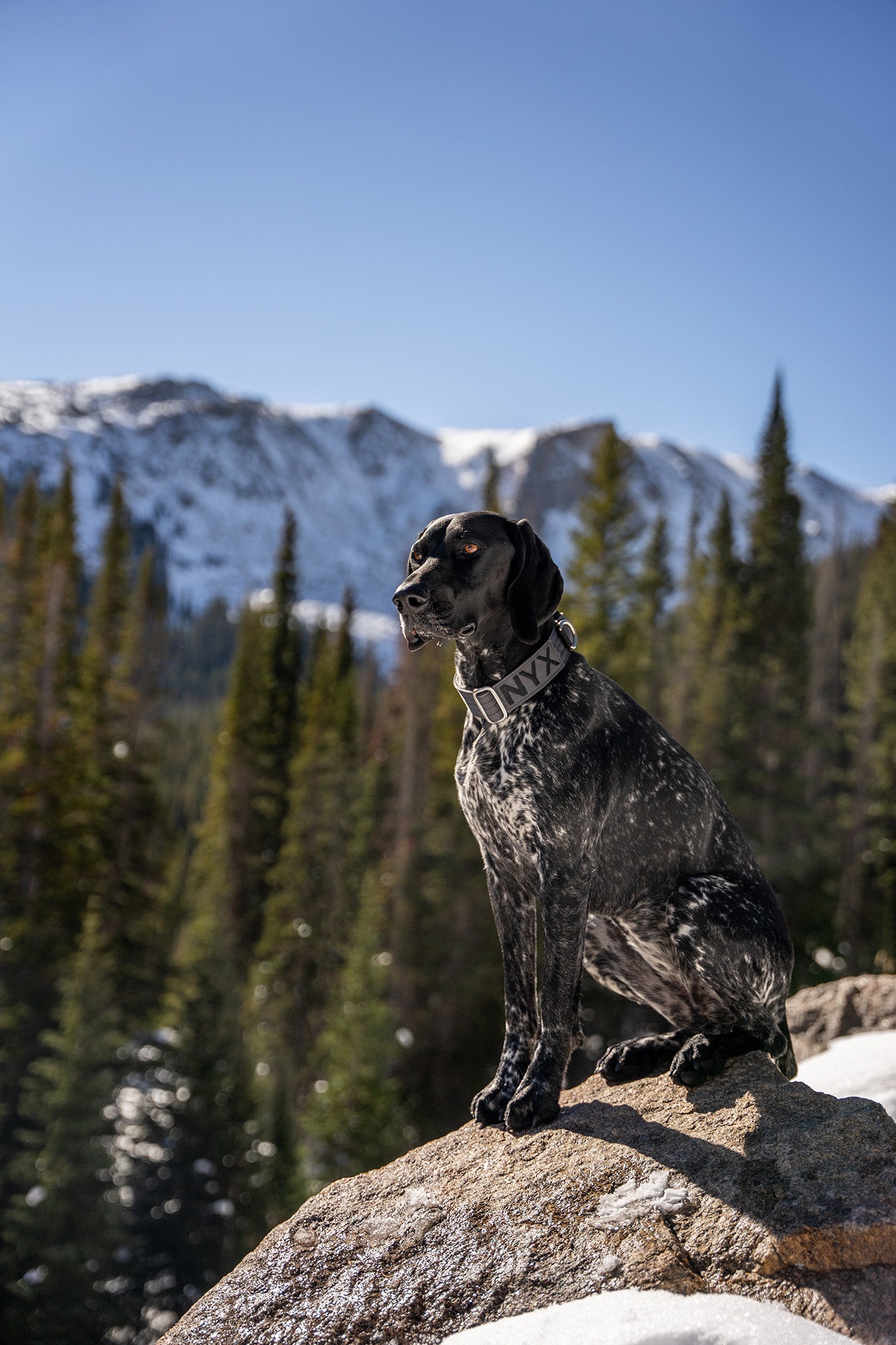Things to Consider when Hiking in the Winter
- What is the air temperature, what is the wind speed and temperature; what is the resulting overall temperature?
- Will there be snow? If yes, how much? Is the trail packed down or will you be breaking the trail? Do you need just boots, or do you need gaiters or microspikes or snowshoes?
- Is it wet snow or dry snow?
- Avalanche risk. This is extremely important in the winter, especially after fresh snowfall.
- Who will I be sharing the trail with, will there be snowmobiles, skiers, snowboarders?
- Is it a heavily trafficked area in the winter (very different to summer)? Will there be other people around if something goes wrong?
- If something goes wrong, do you have a way to communicate with Search and Rescue? Are you prepared to spend a night outside? I can't recommend an SOS device enough, I have the Garmin inReach Mini. This could make the difference between life or death in the winter.
- Is the hike on a road that isn't maintained in the winter? Could this add mileage or make the hike completely impossible? Is there somewhere safe to park without getting your car stuck? Google Maps and reviews on alltrails are a great way to find this information.
- Do you have trail maps downloaded in case the trail isn't visible due to snow?
- Do you know basic first aid and general outdoor safety? If not, consider taking a course (link below to one I have taken and recommend).

Essential Tips
- NO BLADDERS. This is super important. While bladders are the most convenient way to carry a few liters of water in the summer, I would not recommend them in the winter. The tube will freeze and you will be left without water. If it is really cold I would not use plastic water bottles either, they will also freeze the top layer of water or even crack the plastic. Use insulated water bottles (RTIC, Yeti, HydroFlask etc.).
- The biggest thing I recommend is layers, lots of them. You can always take off layers if you get too hot but there is nothing worse than being too cold and having to bail early! With most gear, you get what you pay for so spending a little extra upfront will be worth it (and it will likely last longer).
- Your phone battery may lose charge quickly in extreme temperatures. I like to carry a small battery bank and charging cord in my backpack just in case.
- In the winter it can be really hard to see the trail, especially after a big snowfall. I always have the trail map downloaded on my phone so that I don't get off route. Getting off route in the winter can be extremely dangerous due to avalanche risk, frozen rivers or lakes, and difficulty for SAR to reach you in case of emergency.
Dog Gear
Collars: Often times my dogs are off-leash on these adventures but you always need a collar. My favorite collars are the Lifetime Pro Collar and Lifetime Slip Collar.
Booties: my dogs rarely need booties but I always carry them just in case of very cold temperatures or injury.
Musher's Wax: paw wax that can be used as an alternative to booties. It helps prevent snowballs from forming in the paw pads, especially in long-haired dogs. It may require multiple applications per hike.
Jacket: In general wet/fresh snow is much more difficult to protect against. It sticks to a lot of jackets and refreezes which creates ice balls on the jacket. I have yet to find a jacket that isn't subject to this issue in deep fresh snow. I try my best to clean off the snow as we go.






























